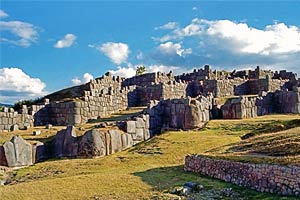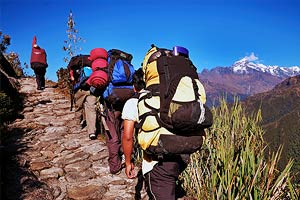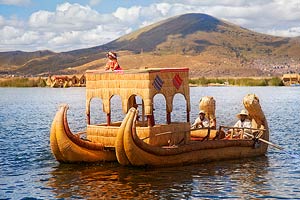Tourist Information about Machu Picchu

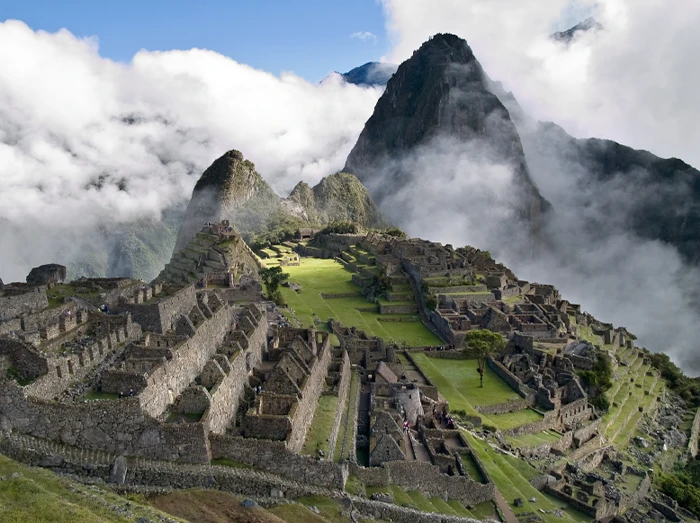
Cusco, Urubamba
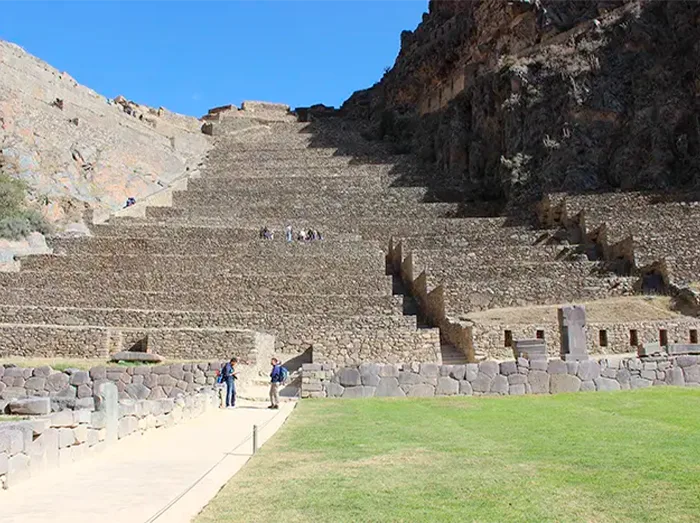
Cusco, Urubamba, South Cusco
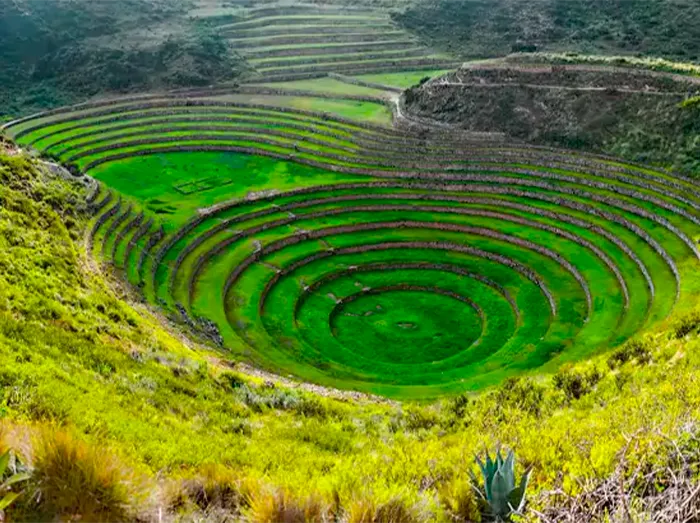
Cusco, Urubamba, South Cusco
General Information
Since 2010, the Ministry of Culture, responsible for the Machupicchu Sanctuary, has established that only 2,500 tourists per day can enter the archaeological complex. Therefore, purchase your tickets in advance.
You can buy your tickets in the following ways:
By visiting the official website of the Ministry of Culture at www.machupicchu.gob.pe, where you can purchase and pay online with a credit card.
Through a travel agency, which will handle all the necessary arrangements for you.
NOTE: As of July 15, 2011, and by ministerial resolution, entry and visits to Huayna Picchu have an additional cost. More information.
Machupicchu: Historical Sanctuary of Peru
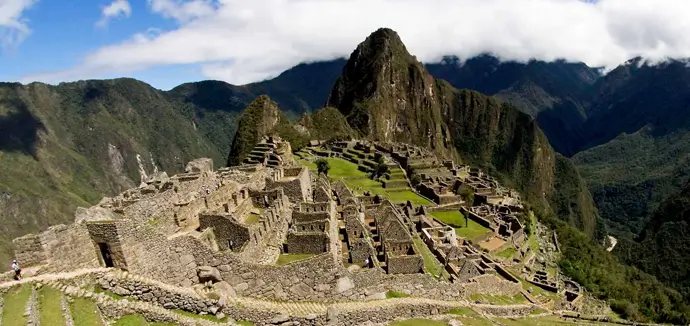
The Machupicchu Sanctuary spans an area of more than 35,000 hectares. This historical sanctuary is much more than just a collection of archaeological sites nestled in the rugged cloud forest. Its strategic location, on the eastern slopes of the Andes and on both banks of the Urubamba River, which flows northwest in this section, allows this unique protected area to encompass what could be considered one of Peru's most extraordinary altitudinal transects. In just about twenty linear kilometers, it preserves ecosystems as diverse as eternal snow at over 4,000 meters above sea level and the scorching tropical jungles at just over 1,700 meters above sea level.
The Machupicchu citadel is one of the most famous archaeological sites in the world and the most historically significant and iconic place in Peru. It covers an area of 5 km² at an altitude of 2,430 meters in the Urubamba River Valley.
Machupicchu exudes pure mysticism and overwhelming spirituality. It is a monument to the relationship between the human and the divine, the everyday and the magical—a bridge between mankind, a creature of the gods, and the truly divine. It is a place where the mysterious forces of nature transport us to an unparalleled cosmic state, an inner experience that can only be felt in Machupicchu.
Machupicchu is a settlement built by the Incas in the 15th century. "Inca" or "Inka" refers to the inhabitants of the Huatanay River basin, along which the city of Cusco was built. Before that time, the Incas had established a kingdom that dominated the middle part of the Vilcanota River.
Chronology:
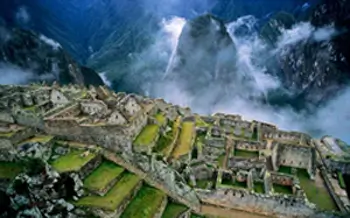 It
is assumed, based on calculations that not all scholars agree on, that Pachakuteq took power around
1430. All documents referring to this Inca attribute the construction of imperial Cusco to him, as
well as most of the great buildings in the tampu region, where Machu Picchu is located. For this
reason, everyone agrees that the sanctuary was built by him. If this is true, it was built in the
15th century, no more than 100 years before the arrival of the Spanish. Archaeological studies confirm these
assumptions, including carbon-14 dating, which places the Machu Picchu sanctuary in the 15th century.
It
is assumed, based on calculations that not all scholars agree on, that Pachakuteq took power around
1430. All documents referring to this Inca attribute the construction of imperial Cusco to him, as
well as most of the great buildings in the tampu region, where Machu Picchu is located. For this
reason, everyone agrees that the sanctuary was built by him. If this is true, it was built in the
15th century, no more than 100 years before the arrival of the Spanish. Archaeological studies confirm these
assumptions, including carbon-14 dating, which places the Machu Picchu sanctuary in the 15th century.
Etimologically, Machupicchu comes from Quechua and is derived from the toponymy of the mountain called Machupicchu. When broken down, the word means:
Machu = old
Picchu = mountain
This would mean "old mountain," but the actual name of the archaeological remains may have been Markanay.
Location
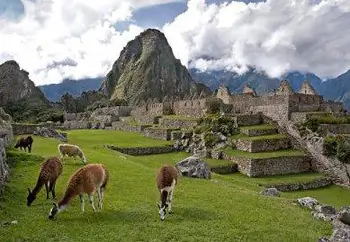 The
sacred city of Machu Picchu is located 130 kilometers northwest of Cusco, on the ridge of Machu
Picchu mountain, in the district of Machu Picchu, Urubamba Valley, at an altitude of 2,200 meters above sea level.
The
sacred city of Machu Picchu is located 130 kilometers northwest of Cusco, on the ridge of Machu
Picchu mountain, in the district of Machu Picchu, Urubamba Valley, at an altitude of 2,200 meters above sea level.
The location of the citadel was a military secret, as deep ravines at the edge of an abyss and rugged mountains provided the best natural defense.
According to its geographical coordinates, it is located at:
- Southern Latitude: between 13º 10' 19" and 13º 14' 00"
- Western Longitude: between 72° 30' 5" and 72° 36' 33"
Area
Covering an area of 32,592 hectares, it is considered one of the wonders of the world and was declared a Cultural and Natural Heritage of Humanity by UNESCO in 1983.
Creation
The Historic Sanctuary of Machupicchu was established on January 8, 1981, by Supreme Decree No. 021-81-AA, due to the need to protect the valuable pre-Hispanic vestiges, highlighting both the archaeological monuments and their scenic surroundings, as well as the native flora and fauna species associated with the region. Later, in 1983, UNESCO declared it a Cultural and Natural Heritage of Humanity.
Altitude
Itis at 2,490 meters above sea level, taking the Main Plaza of the archaeological site as a reference.
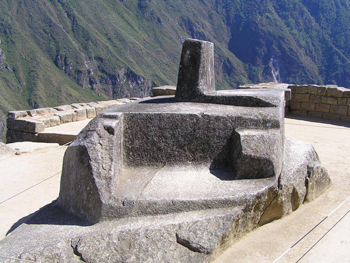
Climate
Being in a subtropical zone, temperatures range from 8º to 22º C. The rainiest months are from December to April.
It is rainy throughout the summer months (December to March). Sunny between May and September, though showers are still common. Maximum temperatures reach 27° C.
How to Get There?
There are several access routes to this impressive Inca citadel. You can enter via the Inca Trail, one of the most popular and scenic routes. You can also take a train from the Poroy or Ollantaytambo stations to the Aguas Calientes station. For more information on how to get to Machu Picchu, check out the article How to get to Machu Picchu? Entry Routes to Machu Picchu
Tours or Excursions to Machu Picchu
The New Wonder of the World, Machu Picchu, is the main attraction of Peru and receives tourists from all over the world year-round. Cusco is the epicenter of tourism activities, from where you can start tours to various attractions such as Machu Picchu, the Sacred Valley of the Incas, Moray, Maras, Pikillacta, Raqchi, the Inca Trail, Choquequirao Trail, among others.
Among the tours to Machu Picchu, we have:
- City Tour and Machu Picchu
- City Tour, Machu Picchu, and Sacred Valley of the Incas
- City Tour, Sacred Valley of the Incas, Southern Sacred Valley, and Machu Picchu
- City Tour, Sacred Valley of the Incas, and Overnight in Machu Picchu
The most well-known and frequently traveled treks and routes to Machu Picchu:





















